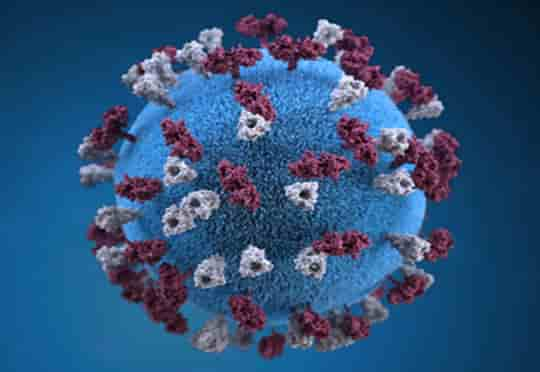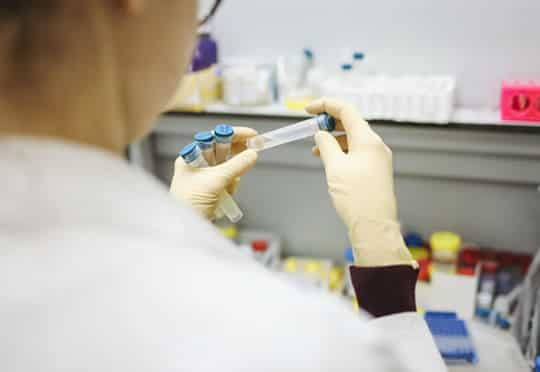It is possible to avoid a second wave of Covid-19 infections by following these interventions.
Some are concerned that by easing lockdown restrictions countries will face a new wave of infections.
However, according to a new modelling study, this can be averted by simple measures.
Although there is no indication of a COVID-19 epidemic coming in waves, being sceptical may help avoid a national crisis.
People’s conduct has a serious effect on averting potential spikes or a second wave of coronavirus infections.
Simple interventions such as hand hygiene, social distancing, and wearing a face mask in crowded and enclosed public places could expel the idea of lockdowns in future.
This modelling study also shows that lockdowns should stay in place for two months to reach a peak of COVID-19 infections and then restrictions must be lifted gradually to lower a second wave risk.
Countries that forced a strict lockdown to reduce the SARS-CoV-2 transmission are now easing restrictions.
However, the process is sensitive as there is a fine line between saving the economy and fear of a second wave which might crush health care systems.
Professor Xavier Rodó, the study’s lead author, said:
“The problem is that assessing this risk is difficult, given the lack of reliable information on the actual number of people infected or the extent of immunity developed among the population.”
The projection model was based on splitting the population into seven scenarios: susceptible, quarantined, exposed, infectious not detected, reported infectious and confined, recovered, and dead.
Professor Rodó said:
“Our model is different because it considers the return of confined people to the susceptible population to estimate the effect of deconfinement, and it includes people’s behaviors and risk perception as modulating factors.”
Dr Leonardo López, the study’s first author, said:
“This model can be particularly useful for countries where the peak of cases has not yet been reached, such as those in the Southern hemisphere.
It would allow to evaluate control policies and minimize the number of cases and fatalities caused by the virus.”
The benefits of hand washing and other interventions such as social distancing have been already shown.
This study aimed to measure these behavioural interventions as infection prevention and control plans.
Their results show that as opposed to hasty deconfinement, gradually allowing life to come back to normal will reduce the infections rate and number of deaths.
Professor Rodó said:
“If we manage to reduce transmission rate by 30% through the use of face masks, hand hygiene and social distancing, we can considerably reduce the magnitude of the next wave.
Reducing transmission rate by 50% could avoid it completely.”
The results also show that even if countries don’t use coronavirus test and trace services, social empowerment like hand hygiene, social distancing, and wearing a face mask, is pivotal in preventing the spread of viruses.
Moreover, simulation results show that the longer people are immune from the disease the longer between each spike of the infection.
The study was published in Nature Human Behaviour (López et al., 2020).










